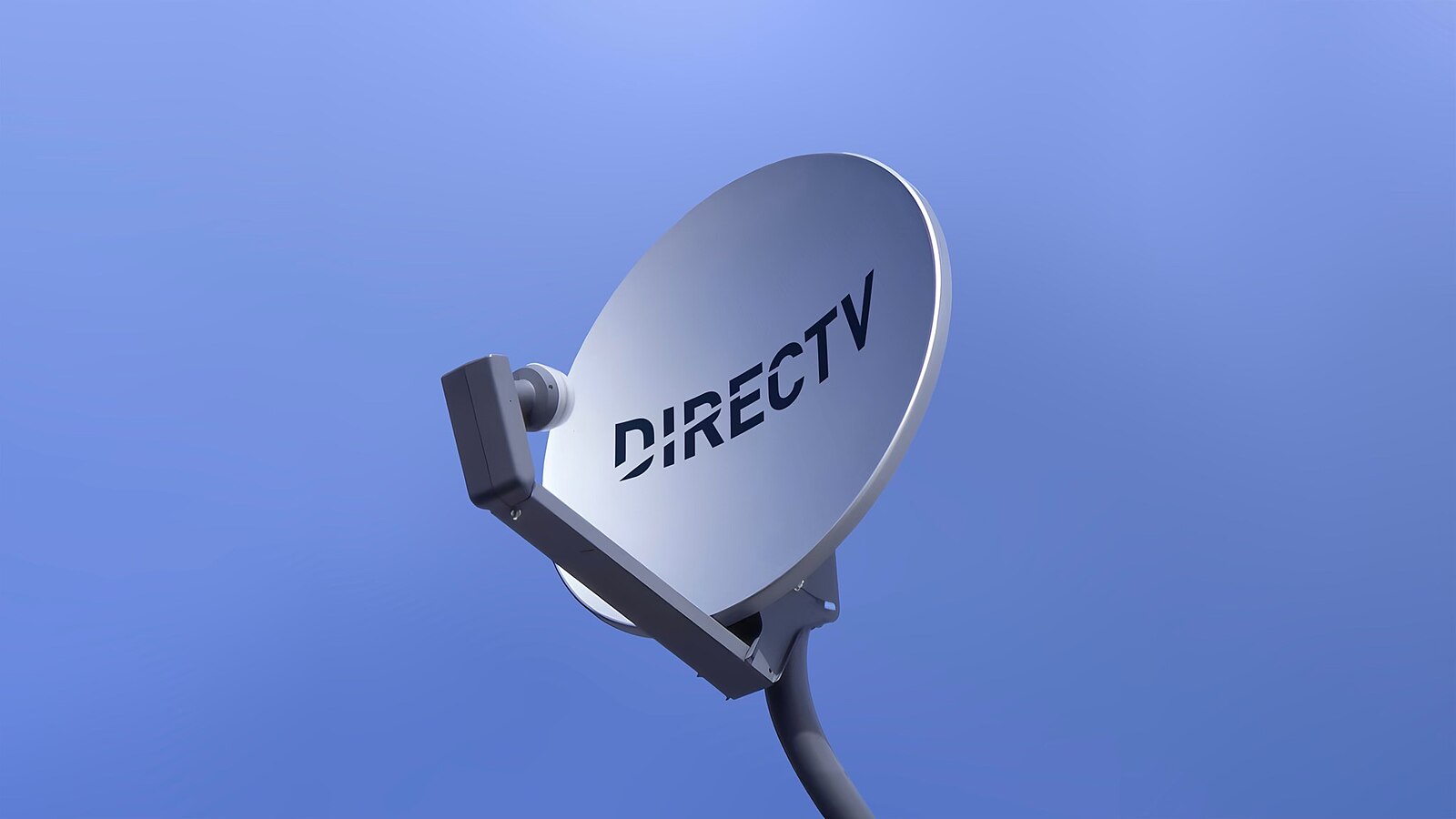DirecTV, Dish agree to merge: Too little, too late for pay-TV’s survival?

Subscribe to NCS for the latest news, project case studies and product announcements in broadcast technology, creative design and engineering delivered to your inbox.
The recently announced merger between DirecTV and Dish feels like the last gasp of a drowning industry. This move seems both inevitable and somewhat futile as the pay-TV landscape consolidates to cling onto customers.
Let’s face facts: traditional pay-TV is in freefall. The numbers don’t lie – from a peak of 102.1 million subscribers in 2011 to 55.3 million today. That’s not a decline; it’s a collapse. DirecTV and Dish have lost 63% of their satellite customers since 2016.
So, here we are. Two former rivals, once prevented from merging by antitrust concerns, are now clinging to each other like shipwreck survivors. The irony is palpable. What was once too big to allow is now too weak to prevent.
The companies tout cost synergies of $1 billion per year. That’s all good, but it’s akin to rearranging deck chairs on the Titanic. The iceberg of streaming has already hit, and no amount of corporate consolidation is going to patch that hole.
Yes, the merger will create the largest pay-TV provider in the U.S., with around 19 million subscribers. But let’s put that in perspective – Netflix boasts 277.65 million global subscribers. The game has changed, and traditional pay-TV is playing catch-up.
The most intriguing aspect of this deal is the potential for increased negotiating power with content providers. DirecTV’s recent spat with Disney, which saw 16 channels go dark for two weeks, hints at the battles to come. The merged entity will undoubtedly push for skinnier bundles and lower prices. It’s a noble goal, but one that feels about a decade too late. Do customers care at this point or have the price conscious consumers already jumped ship?
Content providers have been squeezing traditional distributors while simultaneously siphoning off the most desirable content for their own services, such as streaming. This double whammy has left pay-TV bloated with high prices and anemic content. Can this merger really turn that tide?
The companies speak of offering access to streaming services as part of their subscriptions likely through Sling TV. It’s a smart play, but again, it feels reactive rather than proactive. They’re not shaping the future; they’re scrambling to remain relevant in a present they failed to anticipate.
Regulatory approval seems likely this time around, which speaks volumes about how far the industry has fallen. What was once too powerful to merge is now too weak to survive alone. This stunning reversal underscores the seismic shifts in media consumption.
If there’s a silver lining, it’s that this merger might – might – lead to better value for the dwindling number of pay-TV customers. Smaller packages, lower prices and bundled streaming services could stem the tide of cord-cutting.
But that’s a big “if,” and it relies on the merged company using its newfound heft to fight for consumers rather than simply to prop up its bottom line.
Ultimately, this merger feels less like a bold step into the future and more like a defensive crouch against the inevitable. It’s an admission that the old model is dying, and that survival, not growth, is the new goal.
Will it work? Perhaps. But as I watch this unfold, I can’t help but think of other industries that failed to innovate until it was too late.
Subscribe to NCS for the latest news, project case studies and product announcements in broadcast technology, creative design and engineering delivered to your inbox.




tags
Content Distribution, directv, DirecTV Stream, dish network, Sling TV
categories
Broadcast Business News, Broadcast Industry News, Featured, Voices